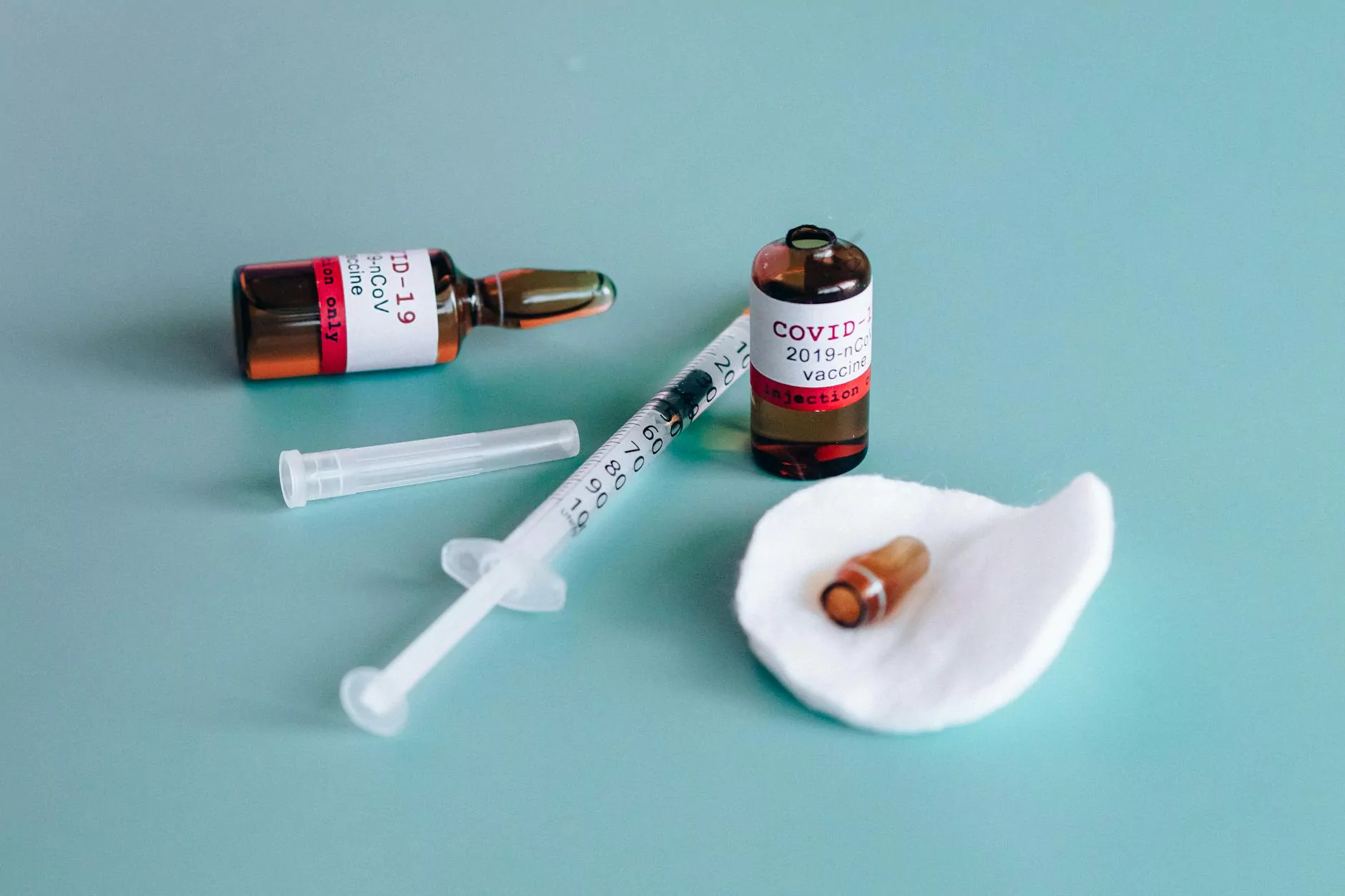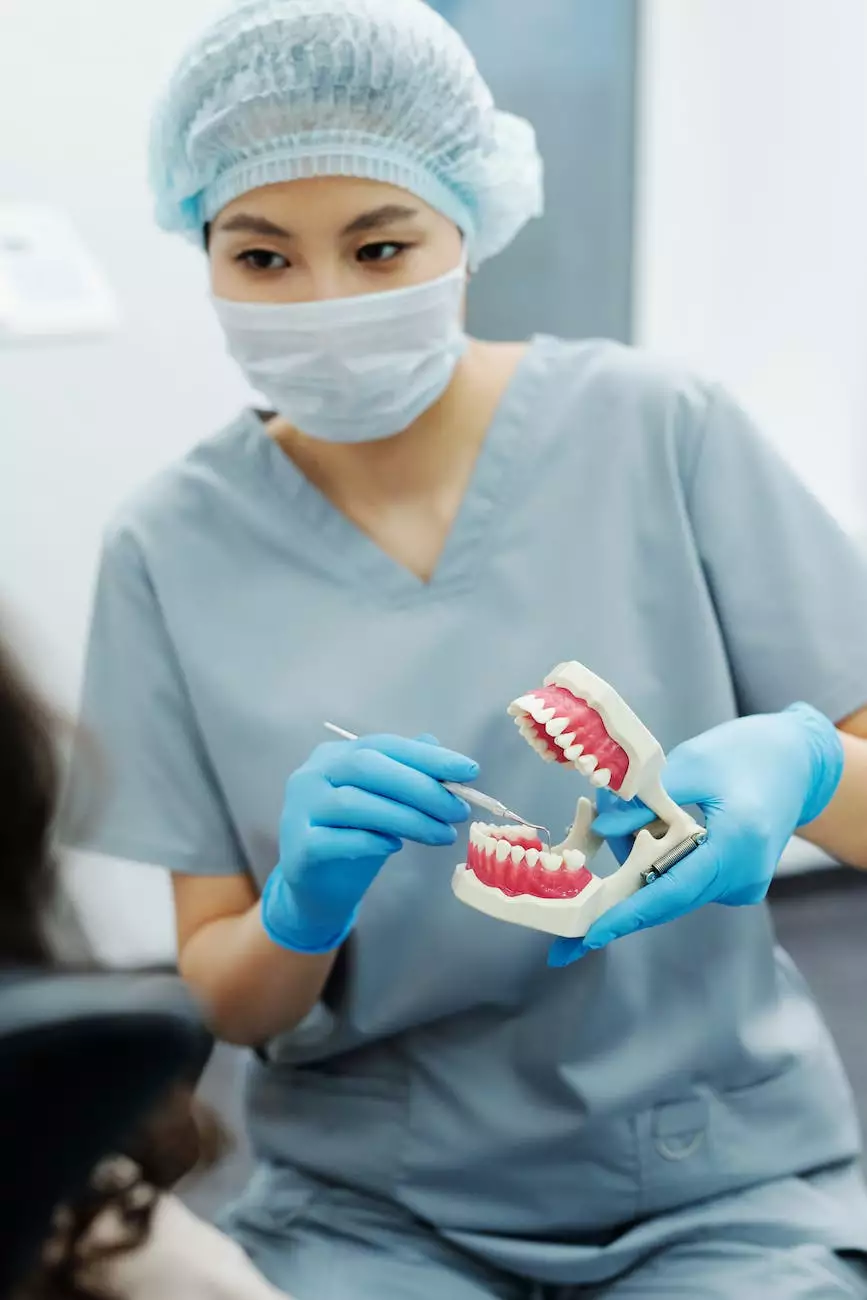Could You Develop Peripheral Arterial Disease?

At Greenstem Clinic, we understand the importance of addressing potential health concerns before they become severe. Peripheral Arterial Disease (PAD) is a condition that affects the blood vessels outside of the heart and brain, commonly occurring in the legs. This comprehensive guide aims to educate you about PAD, its causes, symptoms, and available treatment options.
Understanding Peripheral Arterial Disease
Peripheral Arterial Disease occurs when there is a buildup of fatty deposits, known as atherosclerosis, within the arteries that supply the legs and arms. This formation of plaque results in the narrowing of the blood vessels, restricting the flow of oxygen-rich blood to the limbs. If left untreated, PAD can lead to serious complications, including tissue damage and even amputation.
Causes and Risk Factors
There are several factors that contribute to the development of Peripheral Arterial Disease. The primary cause is atherosclerosis, a condition where plaque accumulates within the arterial walls. Some common risk factors for PAD include:
- Smoking or tobacco use
- Diabetes
- High blood pressure
- High cholesterol
- Obesity
- Family history of cardiovascular disease
By understanding these risk factors, you can make informed lifestyle choices to reduce your chances of developing PAD.
Signs and Symptoms
Peripheral Arterial Disease often presents with noticeable symptoms, including:
- Pain or cramping in the legs, thighs, or buttocks during physical activity
- Numbness or weakness in the legs
- Coldness or discoloration in the lower limbs
- Slow healing of wounds or ulcers on the legs or feet
- Weak or absent pulses in the legs
If you experience any of these symptoms, it is essential to seek medical attention promptly to prevent further progression of the disease.
Diagnosis and Treatment
At Greenstem Clinic, our experienced medical professionals specialize in the diagnosis and treatment of Peripheral Arterial Disease. Our comprehensive approach includes:
- Thorough medical history review
- Physical examination and evaluation of symptoms
- Non-invasive tests such as ankle-brachial index (ABI) and ultrasound
- Advanced imaging techniques like angiography or magnetic resonance angiography (MRA)
Based on the diagnosis, our team will develop a personalized treatment plan to address your specific condition. Treatment options for PAD may include lifestyle changes, medication, minimally invasive procedures, or, in severe cases, surgical intervention.
Prevention and Management
Preventing and managing Peripheral Arterial Disease involves a combination of healthy lifestyle choices and ongoing medical care. Some tips to reduce the risk and manage the disease include:
- Quit smoking or tobacco use
- Maintain a healthy weight
- Follow a balanced diet low in saturated fats and cholesterol
- Engage in regular exercise
- Control underlying medical conditions such as diabetes and high blood pressure
- Regularly monitor and manage cholesterol levels
With early diagnosis and comprehensive care, Greenstem Clinic can help you effectively manage Peripheral Arterial Disease for improved quality of life.
Expert Care at Greenstem Clinic
At Greenstem Clinic, our dedicated team of medical professionals is committed to providing comprehensive care and effective treatment options for Peripheral Arterial Disease. With our expertise and state-of-the-art facilities, you can trust us to guide you on your journey towards better vascular health.
If you suspect you may have symptoms of PAD or would like to learn more about our services, contact Greenstem Clinic today to schedule a consultation. Take control of your health and ensure a brighter, healthier future.









